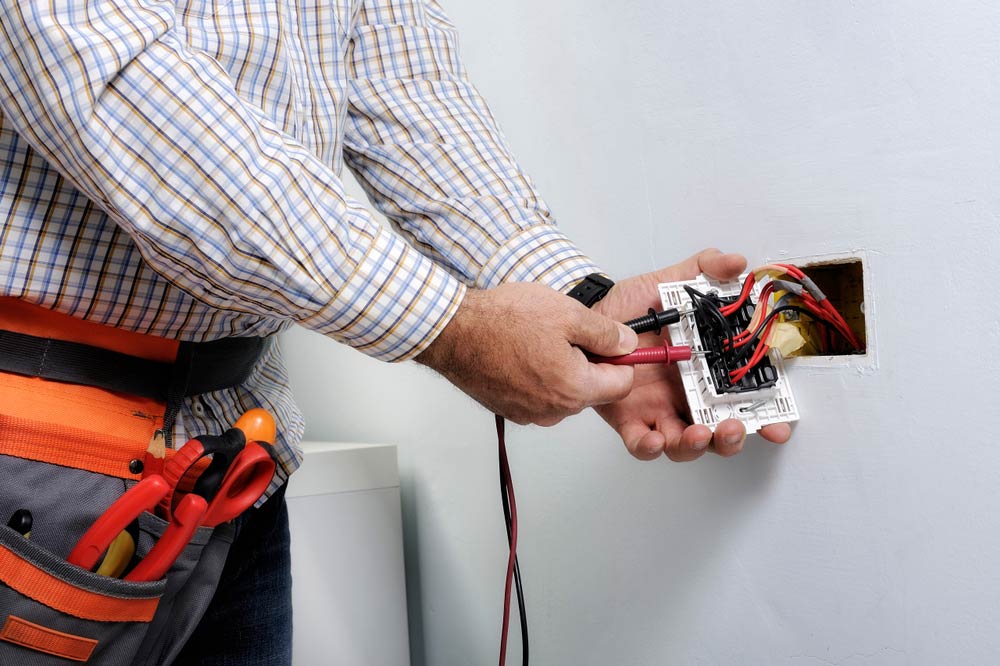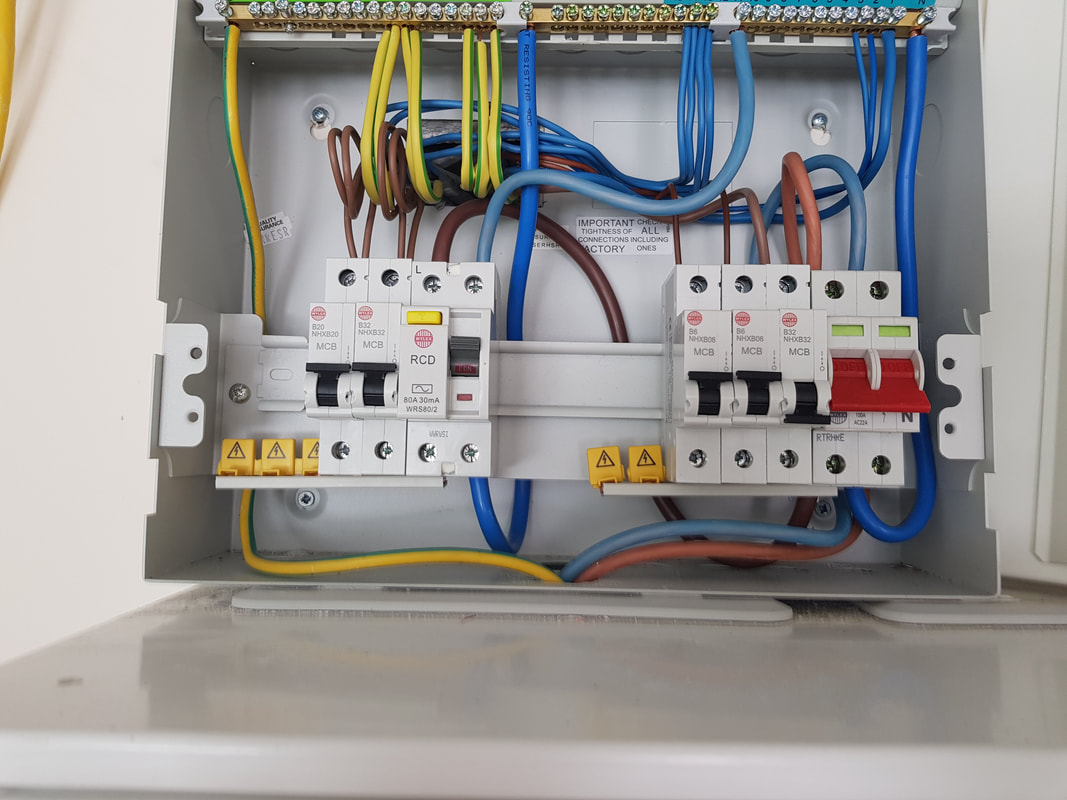The Ultimate Guide to Electrical Setup: Tips and Strategies for a Safe and Effective Home Wiring System
In the realm of home upkeep, few facets are as crucial yet frequently overlooked as the electrical wiring system. Making certain a risk-free and effective home wiring setup demands not only a basic understanding of electrical concepts yet additionally useful understanding of installation techniques and upkeep methods. From browsing the intricacies of cable connections to fixing typical problems that may emerge, this guide intends to gear up home owners with the crucial suggestions and tools necessary for a safe and secure and energy-efficient electric system. By exploring the nuances of electric precaution and energy-saving techniques, this thorough guide will certainly shed light on the ins and outs of home wiring, empowering people to take fee of their house's electrical facilities.
Understanding Electrical Security Actions
To guarantee the safety and security of both individuals and residential property, understanding and executing correct electrical safety and security procedures is paramount in any kind of home wiring task. It is essential to carry out a thorough evaluation of the electrical system prior to starting any circuitry project to recognize potential hazards or issues that require to be resolved.
In addition, using the suitable tools and tools is crucial for preserving safety and security during electric setups. Protected handwear covers, voltage testers, and safety glasses are several of the standard safety gear that must be used to stop electric shocks or mishaps. It is also essential to de-energize circuits before working with them and to identify all circuits and breakers clearly to prevent confusion.

Important Devices for Home Electrical Wiring
Ensuring the proper implementation of electric safety and security steps in home electrical wiring tasks includes using a certain collection of necessary devices made to facilitate the installation process successfully and securely. Some of the secret devices required for home wiring projects include a voltage tester for checking live cables, cable pole dancers for getting rid of insulation from wires, a cord cutter for specifically reducing cables to length, a screwdriver set for protecting electric elements, electrical tape for insulation and securing links, a cable ripper for removing wire sheathing, and a multimeter for gauging voltage, existing, and resistance.
Step-by-Step Electrical Installation Guide
Beginning an electrical installation task calls for careful planning and adherence to safety guidelines. Before beginning any kind of job, guarantee you have a detailed strategy detailing the format of the electric system, consisting of the placement of outlets, buttons, and components. Consider the power needs of each gadget to figure out the suitable cord scale and circuit breaker dimensions.
The initial step in the installation procedure is to shut down the power supply to the area where you will certainly be working. Use a voltage tester to verify that the circuits are de-energized before touching any wires. Next off, thoroughly remove existing fixtures or electrical outlets and detach the cords.
When setting up new circuitry, run cable televisions via walls and ceilings, securing them in position with appropriate fittings. Follow regional structure codes and producer guidelines for proper cable installment and connections. BRE Electrical. See to it to classify wires for easy identification and future upkeep

Troubleshooting Common Wiring Issues
Having finished the installment procedure as detailed in the previous subtopic, fixing common wiring concerns is a vital skill for ensuring the safety and security and capability of your electrical system. One common issue is a stumbled breaker, frequently caused by overloaded circuits or a short circuit. To troubleshoot this, locate the breaker panel, determine the stumbled breaker by searching for the one not fully in the "on" placement, and reset it by turning it fully to "off" and afterwards back to "on." One more prevalent issue is a defective electrical outlet, defined by no power or intermittent power supply. Ensure the outlet is not regulated by a button, then utilize a voltage tester to check for power. If there is no power, shut off the circuit, examine the electrical wiring connections for any type of loose or damaged cords, and replace the electrical outlet if essential. Continually flickering lights can indicate loosened circuitry connections or an overloaded circuit. To resolve this, check and tighten all cable links in the impacted components and switches and rearrange the lots on the circuit to balance the electric demand. Consistently checking and quickly addressing these typical circuitry problems will certainly maintain the security and performance of your home electrical system.
Tips for Energy-Efficient Electrical Systems
For ideal energy efficiency in electrical systems, carrying out wise methods and using energy-saving innovations is extremely important. One crucial pointer for attaining an energy-efficient electric system is to update to LED illumination. LED bulbs consume considerably less energy than conventional incandescent bulbs and have a longer lifespan, making them an affordable choice in the long run. Additionally, installing programmable thermostats can help manage home heating and cooling down systems, minimizing energy waste when no one is home. Another method is to purchase energy-efficient home appliances that are ENERGY celebrity certified, guaranteeing they meet high requirements for energy efficiency. Correct insulation and sealing of windows, doors, and electric outlets can additionally stop energy loss, inevitably lowering the work on electrical systems. Take into consideration integrating renewable power sources like solar BRE Electrical panels to more decrease reliance on traditional power grids. By including these energy-efficient suggestions and technologies, homeowners can not only save cash on their electrical power costs however additionally decrease their ecological influence.
Final Thought
To conclude, executing appropriate precaution, utilizing essential tools, complying with a detailed installment overview, troubleshooting common problems, and including energy-efficient pointers are essential for a risk-free and reliable home circuitry system. By sticking to these techniques, home owners can ensure the longevity and performance of their electrical setups. It is vital to prioritize safety and performance when it comes to electrical work in order to avoid potential dangers and to preserve a dependable electrical system in the home.